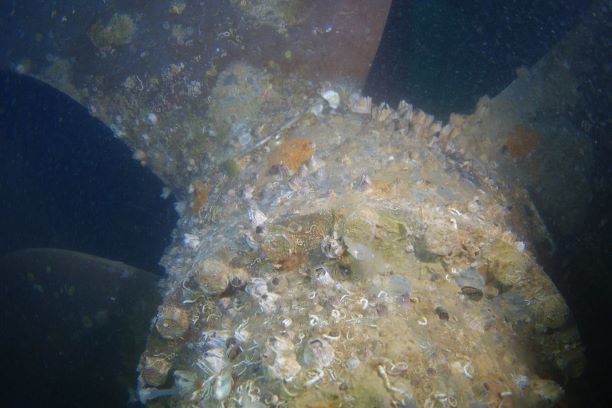New Zealand’s Craft Risk Management Standard for vessel biofouling: A blue-print for marine pathway management

Vessel biofouling is the main pathway for the global spread of marine non-indigenous species (NIS). Once established in a new location some marine NIS can impact upon marine cultural, social, environmental and economic values. Preventing the spread of marine NIS is the most cost-effective way to reduce their impact on these values. In 2014 New Zealand introduced the Craft Risk Management Standard (CRMS-BIOFOUL) for biofouling on vessels arriving to New Zealand. The CRMS-BIOFOUL takes a preventative approach to risk management by requiring to undertake biofouling management before they arrive, and provides internationally arriving vessels with three options to meet the “clean hull” requirement. The CRMS-BIOFOUL also defines what a “clean hull” is. The CRMS-BIOFOUL was introduced with a four-year lead in to give the international shipping industry time to adapt their processes to account for this new regulation, and became mandatory for all vessels entering New Zealand in May 2018.
The transparent and evidence-based approach followed by New Zealand provides a blueprint for establishing both global and domestic communities of practice for biofouling and marine pathway management. This experience can be used to support the International Maritime Organization (IMO) to address the transfer of harmful aquatic species through biofouling such as the review of the IMO Guidelines for the Control and Management of Ships' Biofouling and the GloFouling Partnerships Project. Aligned biofouling regulations provides certainty for the shipping industry and allows other industries to develop technologies that facilitates biofouling management, for example, in-water cleaning and antifouling technologies.
For more information:
Regulating Vessel Biofouling to Support New Zealand’s Marine Biosecurity System – A Blue Print for Evidence-Based Decision Making. Policy and Practice Reviews Article, Frontier in Marine Science, 19 June 2020 | https://doi.org/10.3389/fmars.2020.00390
Additional reading:
The Assessment and Management of Marine Pest Risks Posed by Shipping: The Australian and New Zealand Experience. Review Article, Frontier in Marine Science, 6 August 2019| https://doi.org/10.3389/fmars.2019.00489